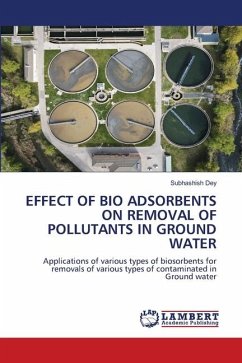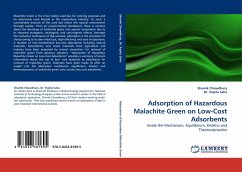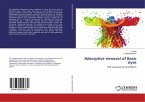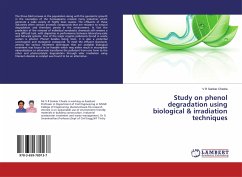Water is essential and prime natural resource for nourishing the life on earth. In terms of total volume, 97.5% of the world's water is saline with 99.99% of this found in the oceans and remaining making up the salt lakes. This means that only 2.5% of the volume of water in the world is actually non-saline. However, not all of this freshwater is readily available for use by humans. Around 75% of this freshwater is locked up as ice caps and glaciers, with a further 24% located underground as groundwater, which means that less than 1% of the total freshwater is found in lakes, rivers and the soil. Only 0.01% of the world's water budget is present in lakes and rivers, with another 0.01% present as soil moisture but unavailable to humans for supply Grey (1997). The use of water in agriculture, municipal, industrial and recreational purpose is most important.








